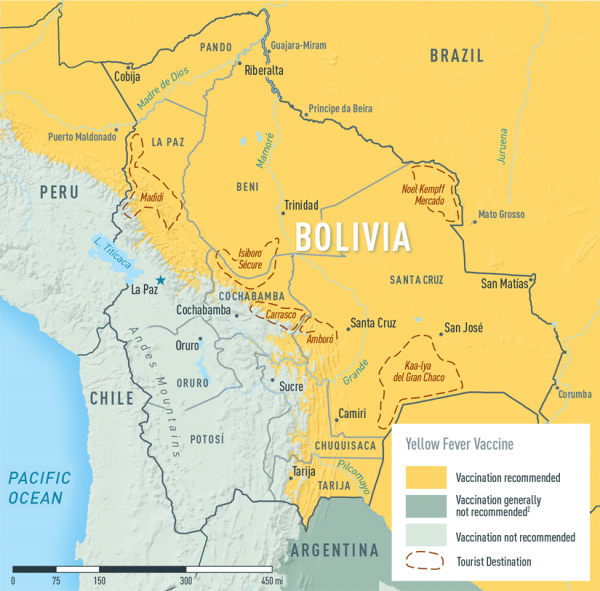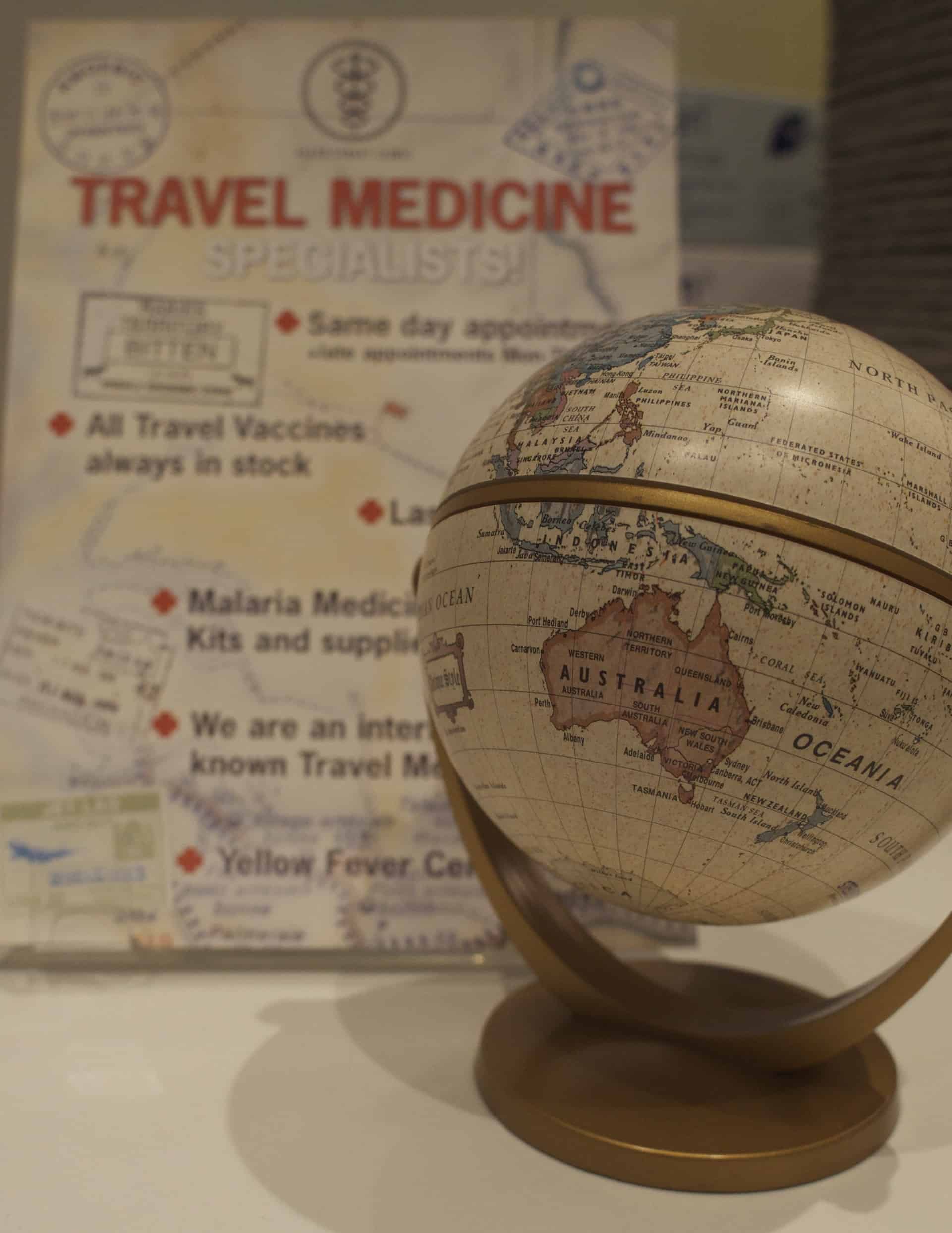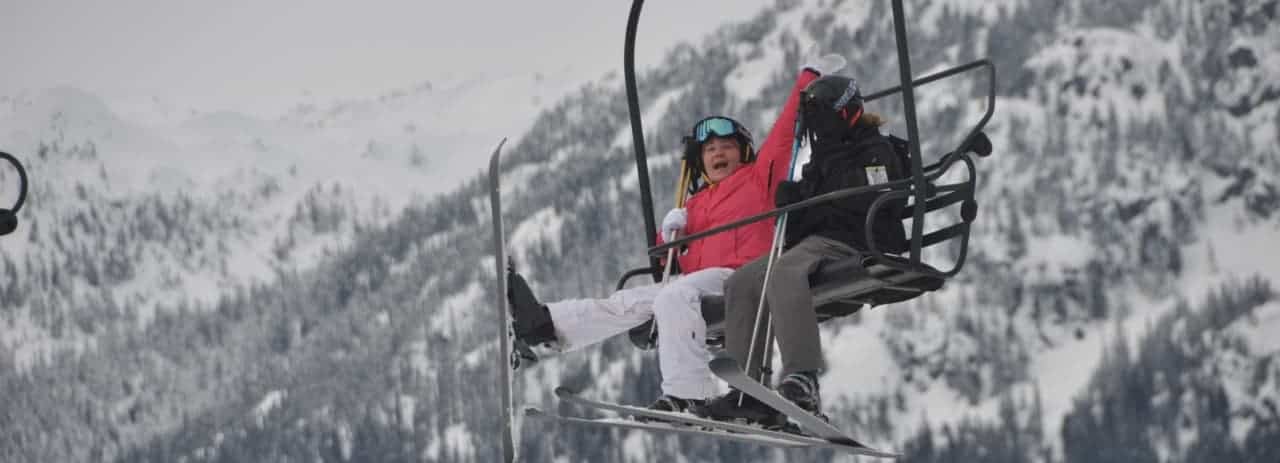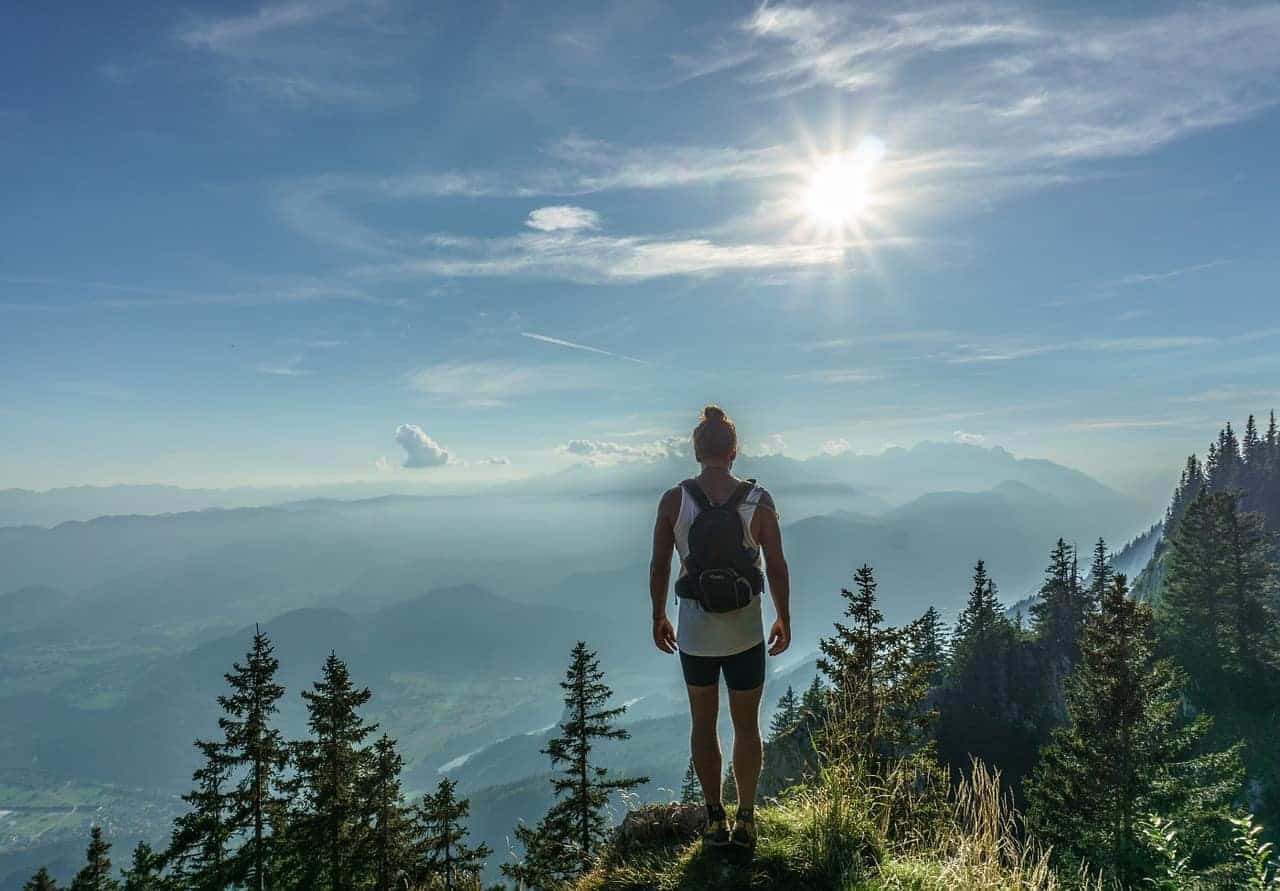Tag: Altitude Sickness
Bolivia is famous for its salt flats and varied terrain spanning over the Andes Mountains, the Atacama Desert and Amazon Basin rainforest. Located in South America, the climate varies drastically from one eco-region to the other. Travelling around Bolivia you’ll experience different climatic extremes, such as humid tropical climates to subtropical climates to desert-polar climates. It is important to seek travel advice before travelling as medical advice can vary dependent on the area/s you plan to visit.
Our general advice includes:
Vaccines
Routine immunisations are a high priority; it is good to check that they are all up-to-date before travelling anywhere. Given the current worldwide outbreaks, we strongly recommend checking your immunity status to measles. A simple immunity test can confirm all those who are unable to source vaccine proof. The best protection against measles is having 2 doses of a measles-containing vaccination, such as the MMR.
Travel vaccinations for Bolivia vary depending on where you plan to travel, and what you plan to do. It is best to book a consultation with a travel nurse to discuss your upcoming adventure. They will assess what risks you will potentially be exposed to. From this, they can develop a bespoke treatment plan specifically for your holiday.
As a minimum, travellers should be protected against Hepatitis A, and diphtheria, tetanus and polio. Certain travellers may consider vaccinations against typhoid, Rabies, Hepatitis B and Yellow Fever.
Yellow Fever
Yellow Fever is an unpleasant virus spread by the Aedes aegypti mosquito. This mosquito tends to bite during the day and is present in many lowland areas of South America and in all areas below 2,300m in Bolivia. Travellers who intend to visit the lowlands, such as the Chaco, Santa Cruz district and the Amazon may be advised to have the vaccine.

If your travel route includes other South American countries, you may also require the vaccination and an accompanying Yellow Fever Certificate in order to enter that country. The vaccination is not suitable for everybody. A careful risk assessment should be undertaken by a practitioner that specialises in the vaccine. Yellow Fever can only be given at designated Yellow Fever vaccination centres (YFVCs) – Fleet Street Clinic is a registered clinic.
Altitude
Bolivia is home to some of the highest peaks of the Andes mountains, with elevations of over 6,000m. The frequently visited cities of La Paz, Potosi and Uyuni all soar over 3,500m, making altitude sickness a real risk. The risk can be reduced by ensuring you stay hydrated, plan a slow ascent and factor in some acclimatisation days. Acetazolamide (Diamox) can be used to help aid the process. Book a pre-travel assessment and speak to a travel nurse about your options.
Insects
Mosquitoes, bugs and flies do more than just bite. They have the ability to transmit diseases that aren’t always preventable by vaccination or medication. Illnesses such as dengue fever, chikungunya, Zika, yellow fever, malaria and sleeping sickness are a few risks.
The best prevention is to entirely avoid mosquito bites. Cover up as much as possible and apply a minimum concentration of 50% DEET to any areas of exposed skin. Spraying your clothes with permethrin before travelling can provide extra protection. Sleep under a mosquito net, especially, if you plan to stay anywhere remote or rural.
See our Ultimate Bug Kit.
Malaria
Malaria occurs in the northern parts of Bolivia, in the Beni and Pando districts. Travellers heading to these areas should ensure they take anti-malarial medication. Mosquitoes that spread malaria are predominantly night-time biters. So, extra precautions should be taken between dusk and dawn. Any travellers who experience fever or flu-like symptoms on return from their trip should ensure they get tested for malaria, as unfortunately, no single prevention method is 100% effective.
First Aid
Whilst medical services and pharmacies are available in bigger cities, access to basic services is limited or even non-existent in the remote regions. Travel prepared and take a small medical kit that can treat basic complaints. Pack painkillers, antiseptic cream, plasters or dressing, and medication in case you suffer from an upset stomach. Head over to our online shop to purchase an essential first aid medical kit. This contains all your travelling medical essentials.
If you are prone to allergies, a non-drowsy antihistamine is helpful. Furthermore, if you take prescription medication, be sure to pack enough to last you for your entire trip.
Book your travel appointment today
By Anna Chapman | Travel Nurse | May 2019
Marrakesh is a former Imperial City and the heart of Morocco. Whether you plan on visiting the medinas of Marrakesh or branch out to the sands of the Sahara or the heights of the Atlas mountains, ensure you follow our top travel tips to stay healthy.
Vaccinations
All travellers should ensure they have received vaccinations against Hepaitis A and diphtheria-tetanus and polio. Vaccinations against typhoid should be considered for those who cannot guarantee safe food and water during their trip, Hepatitis B and Rabies vaccinations can be considered for some travellers, especially those travelling to more remote locations.
Water
Travellers should be careful when dining in Morocco. This will help to prevent food and water-borne illnesses. You should avoid drinking tap water, and stick to boiled water, or bottled sealed water. Those who are trekking may wish to take a water bottle with a filter or a supply of chlorine dioxide tablets to make water safe when in remote locations.
Food Safety
Stick to the mantra of cooking it, peel it, boil it, forget it. If you cannot cook, peel or boil what you plan to eat or drink, it is probably safest to avoid consuming. Food contaminated with local water, such as salads are considered high risk and best to be avoided. Ensure all food is cooked thoroughly and served straight away. Avoid buffet items which may have been sat for long periods of time and could be contaminated. You can also purchase our worldwide gastro kit.
First Aid
The availability of health care and first aid supplies are limited in Morocco. Whether you are visiting the median of Marrakesh or ambling around the Atlas, taking a good first aid kit with you is essential – click here to buy online now.
Basic provisions include pain relief, plasters and medication to treat an upset stomach, such as loperamide and oral rehydration salts. If you take prescription medication to ensure you pack enough and carry the prescription with you.
Altitude
The peak of Mount Toubkal exceeds 4,000m and can be summited in 5-7 hours. High altitude and fast ascent rates can put travellers at risk of altitude sickness and acute mountain sickness. The risk can be reduced by ensuring you stay hydrated, plan a slow ascent and factor in some acclimatisation days. Acetazolamide (Diamox) can be used to help aid the process, speak to a travel nurse about this at your pre-travel assessment.
It is always best to seek travel advice before any holiday. A pre-travel assessment is quick and easy, vaccinations and prescriptions can be given within a single appointment and any follow-up treatments to complete courses arranged for a convenient time straight away.
Book your travel appointment today
By Anna Chapman | Travel Nurse | April 2019
Be sun smart on the slopes
Even if it is snowing, don’t assume that the sun’s rays are safe. The sun’s rays reflect off the snow and intensify them. Ensure you wear a high factor SPF, and use lip balm to prevent cracking. Polarised sunglasses that wrap around will prevent the UV rays causing damage to your eyes.
Don’t get caught out in the cold
Winter temperatures on the slopes often fall below zero, putting travellers at risk of cold-related injuries such as hypothermia and frostbite. When travelling in cold climates, ensure you wear warm clothing in layers. Heat is rapidly lost through hands and feet, so wearing a hat and gloves will help minimise heat loss.
Stopping altitude sickness at the summit
Some of Europes best slopes are found at altitudes higher than 2500m putting skiers at risk of altitude sickness. If you plan on skiing from the summits, make sure you prepare. Know the altitude you are going to, and recognise the symptoms of altitude sickness. Skiers could consider the use of altitude sickness medication acetazolamide (more commonly knows as Diamox) to prevent developing altitude related illness.
If you would like more travel advice we’d recommend an appointment with one of our travel nurses.
Book your travel appointment today
By Anna Chapman | Travel Nurse | November 2018
Peru
Peru is a fabulous destination for trekking. Whether it be hitting the 2400m mark of the Inca Trail to Machu Pichu or the dizzying heights of Ausangate at 6000m above sea level, preparation for travelling at altitude is key.
At heights of 2500m and above, air pressure is only half of what it is at sea-level, leading to a reduction in the amount of oxygen available. This ascent to high altitude is what causes altitude sickness, or acute mountain sickness. Subsequently, if one rapidly ascends to high altitude, and the body has not had sufficient time to acclimatise, altitude sickness can occur.
Mild symptoms can include:
- Nausea
- Headache
- Vomiting
- Sleeplessness
However, altitude sickness can quickly evolve into more serious forms that affect either the lungs or the brain. Specifically, pulmonary or cerebral odema (a build-up of fluid in the lungs or brain) can develop, which can be fatal.
Best Preventions
- Ascend to altitude slowly
- Do not exceed a sleeping altitude of 10,000 feet for the first few nights
- Do not exceed your sleeping altitude by 1000 feet per day
- Ensure you maintain good hydration and nutrition
Is there medicine for altitude sickness?
Many people who are travelling to altitude use DIAMOX (Acetazolomide). These are tablets that can help speed the body’s acclimatisation, and they are available at Fleet Street Clinic. Acetazolomide can be used as both a preventative medicine and as a treatment.
Additional Information
It is recommended that all travellers are up to date with their routine immunisations when travelling to Peru. All travellers should ensure that they have received a vaccination against diphtheria, tetanus, and polio in the last ten years. All travellers are advised to ensure they have been vaccinated against Hepatitis A and Typhoid.
There may be a need for additional immunisations. Depending on the nature of the trip, destinations visited, and the duration of both travel and activities, other vaccinations could be considered. These include:
- Hepatitis B
- Rabies
- Meningitis ACWY
- Cholera
There is a risk of malaria in areas of Peru and antimalarial medication may be advised. Furthermore, prevention against insect bites in Peru is essential.
FLEET STREET TRAVEL CLINIC
Book your travel appointment today
By Anna Chapman | Travel Nurse | July 2018






